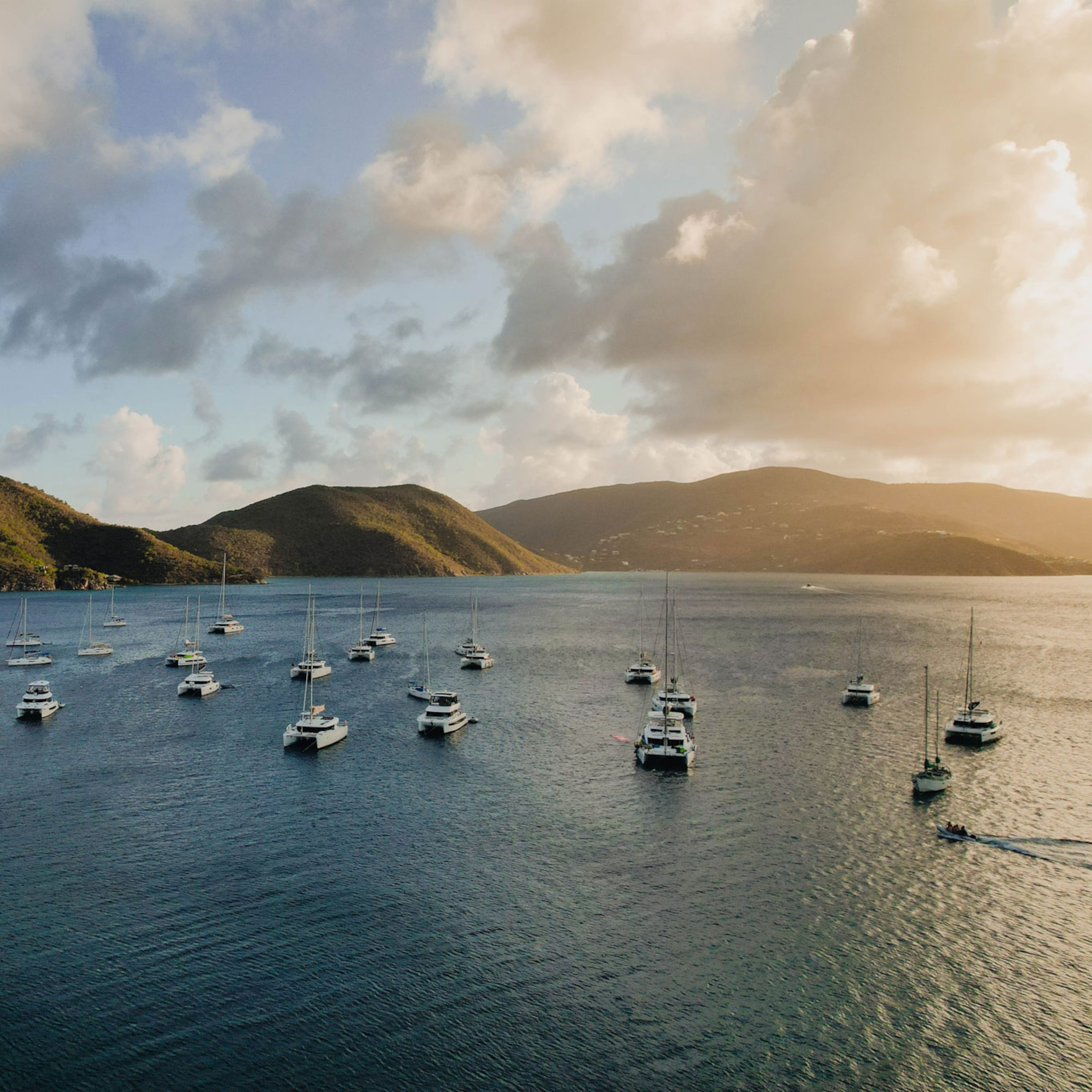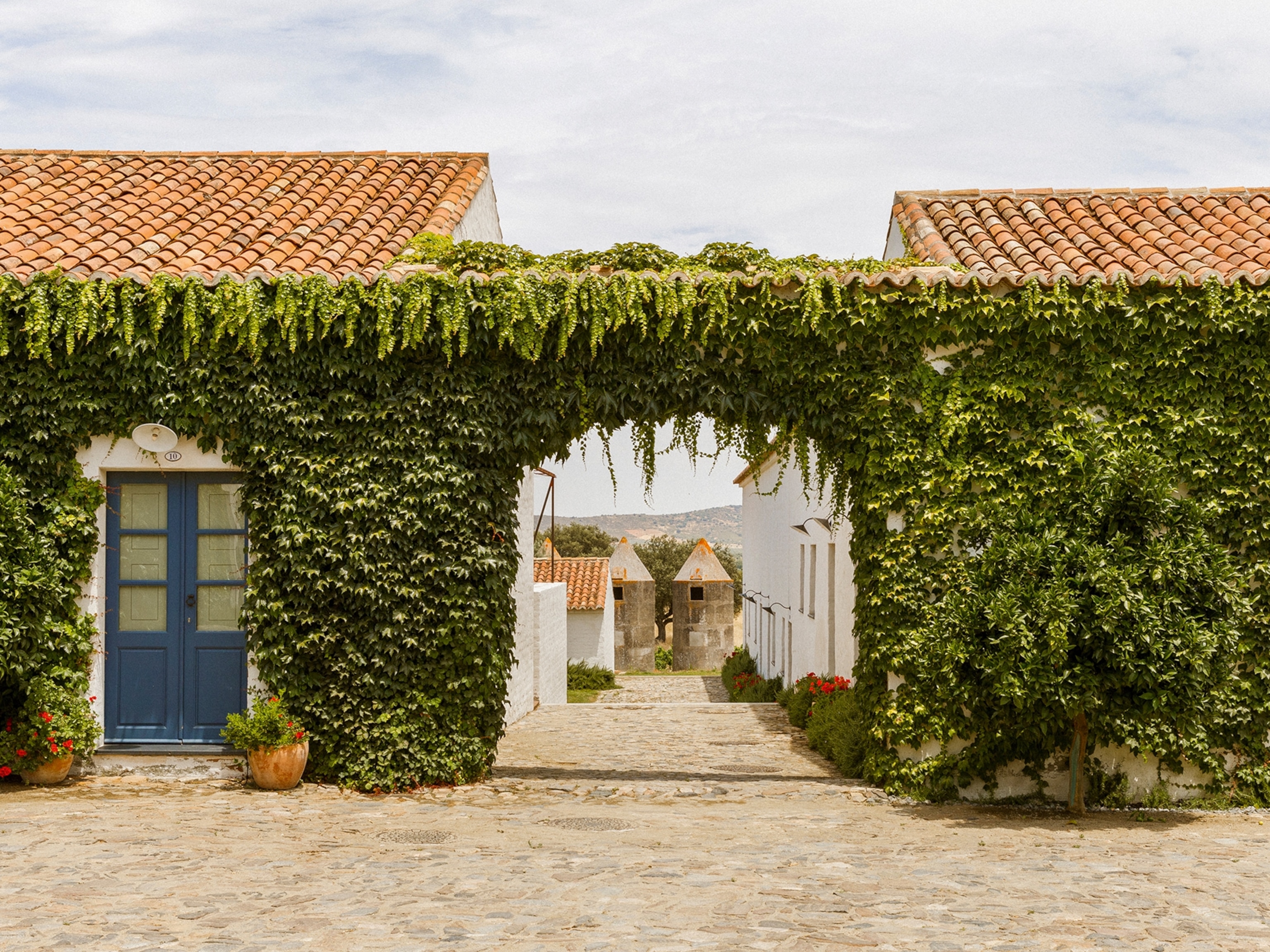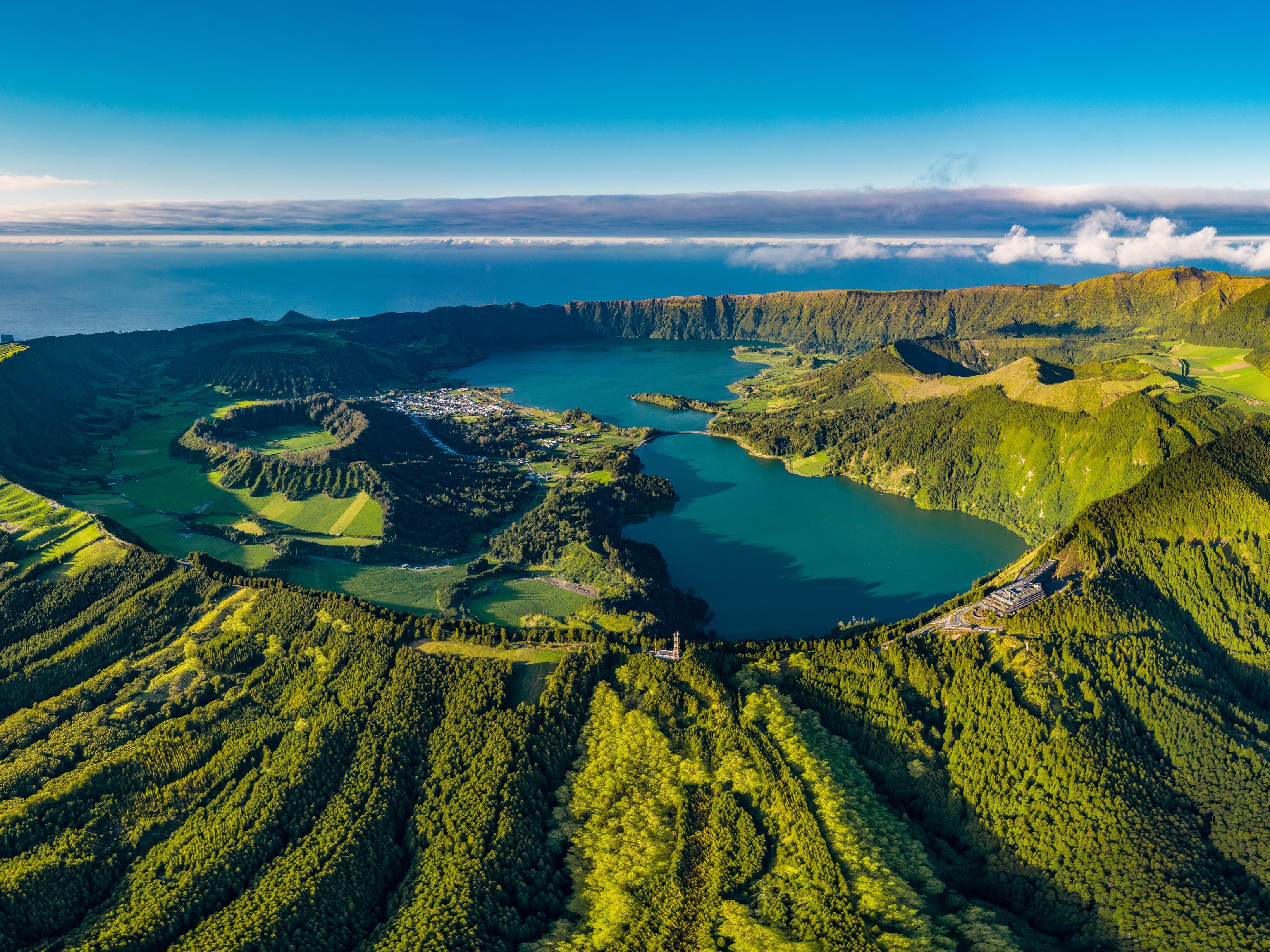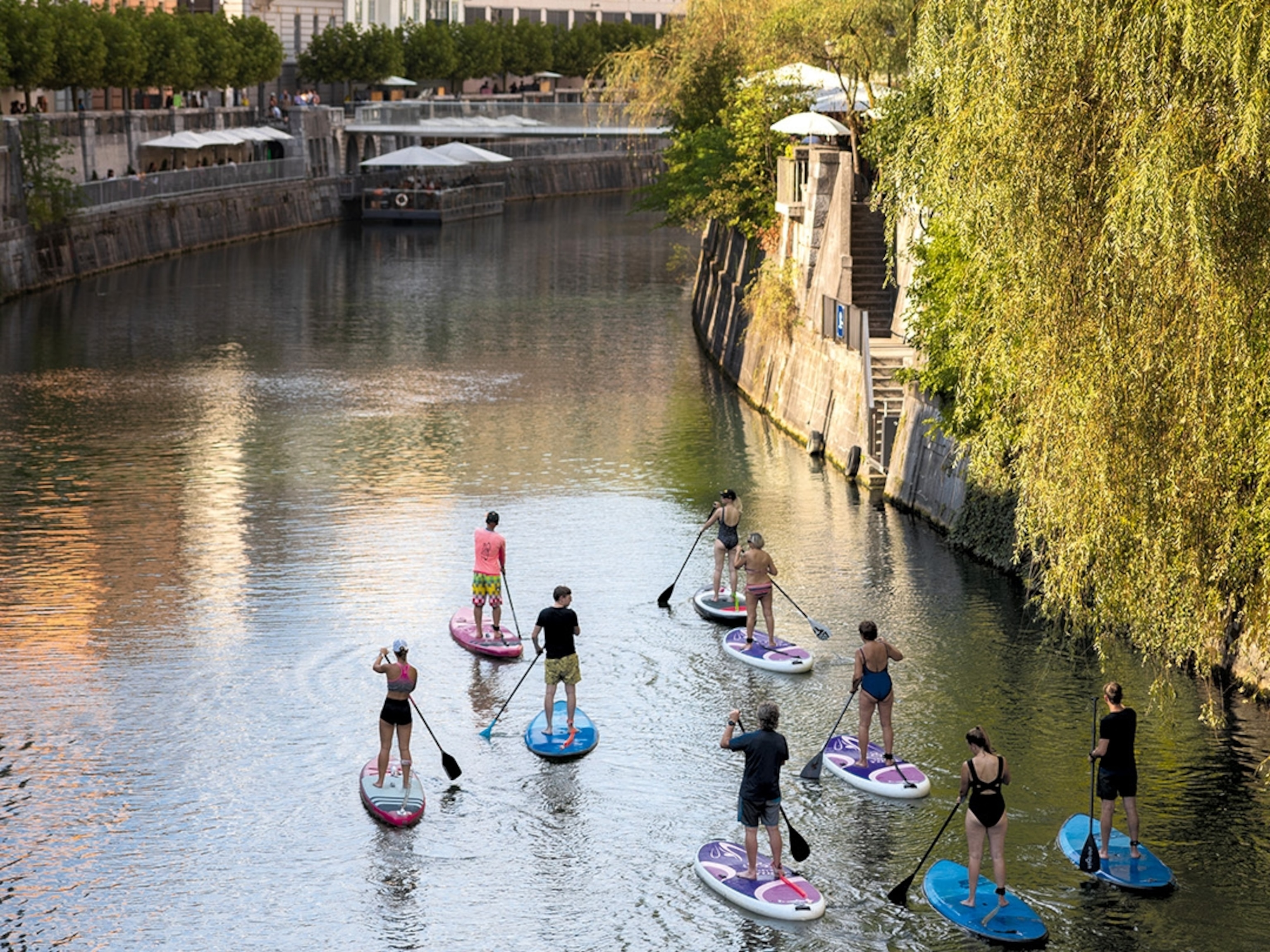
Kayaking, night swims and stargazing: embracing adventure in Alentejo, Portugal
The world’s first Starlight Tourism Destination, Portugal’s Alqueva region offers round-the-clock adventure — from dawn flights by hot air balloon to a kayaking tour under a dazzling night sky.
In Alqueva, rush hour kicks off at 9.30pm. The area’s roads remain as empty at night as they are by day, but 340 miles above, a queue of Starlink satellites is starting to form. “There’s the International Space Station,” says astronomer Nuno Santos, directing his green laser pointer south. “Give the three people on board a wave!”
After a few more minutes, my eyes have adjusted to the utter blackness over the Dark Sky Alqueva Observatory, allowing more celestial bodies to appear. First startlingly luminous Venus, then an orange-hued Mars. The backdrop to these scene-stealing planets is an incomprehensible number of stars, twinkling like a handful of glitter tossed into the night sky.
To orientate myself, I search for the most famous of the animal constellations: Ursa Major. “Can’t see the shape of a great bear?” says Nuno. “Don’t worry, me neither. Remember, the people who named them drank really good wine.”
Mastery of the stars was the making of Portugal. The country dominated the Age of Discovery in the 15th and 16th centuries, when European nations began exploring the world by sea. I’ve been using GPS to find my way around the Alqueva Dark Sky Route — a road trip stitching together stargazing spots, accommodation and activities — but for early navigators the equivalent was the North Star. “The light we see from it now was cast when the astronomer Galileo was still alive,” Nuno tells the small group attending one of his nightly sessions. “Look at the night sky, and you’re looking at the past.”

Wind the clock back only a few decades, and Alqueva would’ve looked very different. Today, it’s dominated by the Alqueva Reservoir, Europe’s largest artificial body of water. Completed in 2002, work on it didn’t begin until 1995, despite plans being mooted as far back as the 1950s. The brainchild of António de Oliveira Salazar, prime minister of Portugal between 1932 and 1968, it was intended to irrigate this largely agricultural region, nicknamed ‘Portugal’s breadbasket’ for its abundance of cereal crops. The area receives a fraction of the visitors its neighbour, the Algarve, gets, despite the addition of a lakeshore longer than the entire Portuguese coast.
From the fortified hilltop settlement of Monsaraz, it’s possible to get a sense of the Alqueva Reservoir’s scale. Standing on the ramparts of its castle, I can see how damming the Guadiana River filled Alentejo’s once-arid valleys and made islands out of hilltops. Around the lake, the region looks much as it always has: rolling fields of wheat and vines, plus a smattering of cork and olive trees.
A hot air balloon offers an even better view. Setting out on a dawn flight with adventure company Emotion, a roar of liquid propane from the canister overhead signals our departure. I imagine this is what it’s like to travel inside the mouth of a dragon. Soon a blast of wind sends our craft skyward, where the silence becomes almost eerie. After brushing the treetops with our basket, we’re over the Alqueva Reservoir — still enough today to offer a reflection. Our yellow balloon gleams like a giant light-bulb on the water’s surface, until the mirror effect is disturbed by a fish leaping in the shallows.
Somewhere beneath, says pilot Carlos Sousa, is the lost village of Aldeia da Luz. A latter-day Atlantis, the settlement was evacuated in 2002 and its remains flooded during the creation of the Alqueva Reservoir. Most of its residents moved — reluctantly — to a replica village, built nearby on higher land. “It was very hard for them,” says Carlos. “In Portugal, we’re very attached to tradition. Some people even took their windows and doors with them.”

Soon our flight passes over the village’s new iteration, its white-and-yellow houses Lego-like, its cemetery ordered and pristine (it too was relocated from the original site). On the horizon beyond is Mourão, one of five small towns bordering the reservoir. With an aerial perspective, I can see the battlements of its medieval castle — its six-point shape like a star in a child’s drawing of the night sky.
My next glimpse of real stars comes on an after-dark kayaking tour, the only experience of its kind available in mainland Portugal. Outdoor company Break! offers the activity in high summer, when the reservoir’s waters are a bath-like temperature by day (hovering around the mid-30Cs) and rarely dropping below 25C at night. I meet my guide, Francisco Guerreiro, beside the Alqueva Dam, where a huge set of letters mounted on top proclaim in bold capitals: ON A CLEAR DAY YOU CAN SEE FOREVER. Although night has fallen, the sign proves prophetic: I look up, to infinity and beyond.
We set out in a two-person kayak, Francisco’s paddle strokes falling in with mine, but our meditative rhythm is soon disturbed. A sudden wind whips water into my face — a pleasant impromptu sprinkling. “When you see less, your other senses start to work harder,” says Francisco. “You feel more.” The breeze also carries the musky scent of the flowering esteva plant, which grows in abundance on the lakeshore. Before long, we’ve reached a small island and I make my way barefoot onto its small beach. Sand between my toes, I’m reminded of that old cliché: there are more stars in the universe than all the grains of sand on Earth. US astronomer Carl Sagan’s observation feels truer here than anywhere else I’ve been.
To Francisco, the landscape above is as familiar as the lake where he spends his days — he points out the Milky Way, Aquarius and Gemini like they’re old friends. Spotting the two fishes of Pisces is my cue for a swim. The water, a ripple of dark velvet, envelops me like a warm embrace. After a few strokes, I dive down, scooping a handful of the lakebed — 20-odd years ago, this would’ve been a farmer’s field. After I’ve dried off, Francisco serves a candlelit picnic of local delicacies — black pork chouriço (smoked sausages) and queijo de Évora (a sheep’s milk cheese named after the region’s capital) — all washed down with tiny cups of an Alentejan red.
Home to over 10% of Portugal’s vines, Alentejo’s wine industry is key to the local economy. I sample a few of the region’s fine vintages the next day on a visit to the Herdade do Sobroso estate, which is the same age as the Alqueva Reservoir. Its 4,000 acres include a country house hotel as well as a vineyard and winery, but not all the land has been cultivated. Owners Sofia Machado and Filipe Teixeira Pinto are as obsessed by safari as by wine.
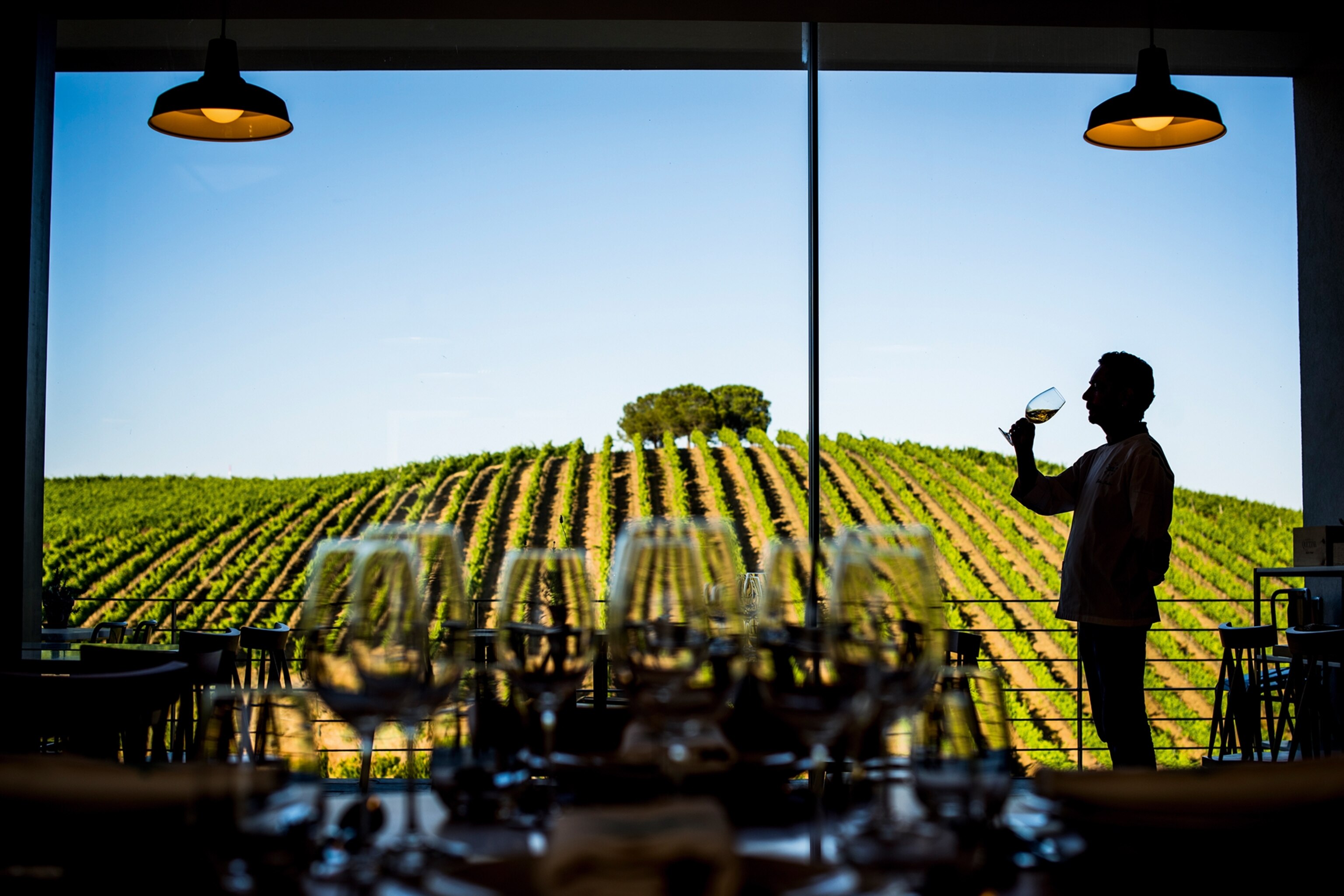
“It’s our passion,” says Sofia, as we set out at sunset in a 4WD. “We’ve travelled the world to see animals, but there’s some incredible wildlife right here on our doorstep.” As our tyres churn along the roller coaster tracks crisscrossing the estate, the vehicle is enveloped by red dust. “Look!” says Sofia as we emerge from a cloud. “A wild boar!” The animal gives us an imperious look before retreating into the undergrowth.
During the tour we see red and spotted deer — some with majestic antlers — as well as curly horned mouflon. The latter aren’t indigenous but were introduced by a neighbouring landowner. “Those are our Big Four,” jokes Sofia. “But we’re also very rich in birdlife, with more than 60 species on the estate.” The air is scented by the pine trees, rosemary plants and mastic trees, which provide avian refuge. The couple have also planted more than 6,000 cork trees. The unofficial emblem of Alentejo, the species is notoriously slow-growing. “I don’t expect a harvest in my lifetime,” says Filipe. “But that’s how we need to think now — about our planet’s future and what’s sustainable.”
The region has been ‘cork country’ for centuries, but more recently the product has been put to more exciting use than merely stoppering bottles. It’s also been used to insulate Space Shuttles, playing a modest role in our latest ‘age of discovery’ and getting us one step closer to the stars.How to do it: Fly to Lisbon, then drive two hours south to Alqueva. Montimerso is a minimalist country house with a stargazing area, from €220 (£190) B&B, while São Lourenço do Barrocal is a historic country estate restored in high style, from €320 (£276) B&B.
To subscribe to National Geographic Traveller (UK) magazine click here. (Available in select countries only).
